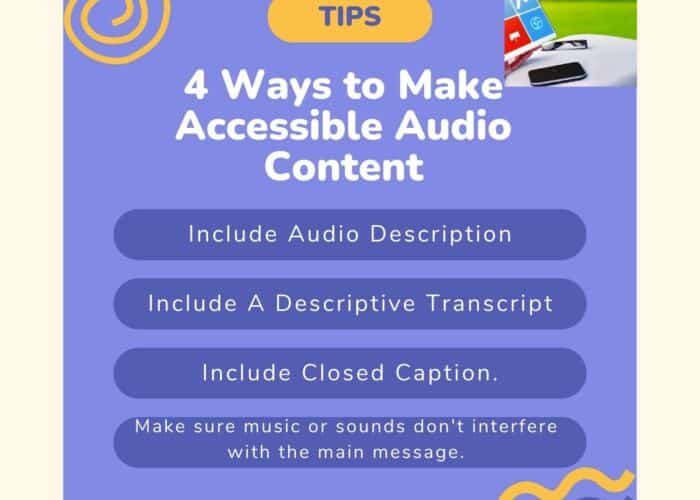
Designing for accessibility is not just about meeting legal requirements or catering to a specific group of users. It is about creating inclusive and intuitive experiences that can benefit everyone. Accessibility is an essential aspect of user experience (UX) design, and it can lead to better usability and user satisfaction.
Usability is the degree to which a product or service can be used by its intended users to achieve their goals effectively, efficiently, and satisfactorily. Accessibility plays a significant role in achieving better usability by removing barriers and enabling all users to interact with the product or service effortlessly. When designing for accessibility, UX designers must consider the needs of users with various disabilities, including visual, auditory, physical, and cognitive impairments.
Designing for accessibility can also lead to better user satisfaction. By creating inclusive experiences, designers can enhance the user experience for everyone. For example, designing for users with visual impairments by using high contrast colors and alternative text for images can make the content more accessible to all users, including those with good vision. Similarly, designing for users with cognitive impairments by using simple language, clear navigation, and consistent design can help all users to understand and navigate the product or service better.
Accessibility also has a positive impact on user retention and engagement. By making a product or service accessible, designers can increase the number of users who can use it, including those who were previously excluded. Moreover, designing for accessibility can improve the overall quality of the user experience, making users more likely to return and recommend the product or service to others.
In conclusion, designing for accessibility is an essential aspect of UX design that can lead to better usability and user satisfaction. By creating inclusive experiences, designers can remove barriers and enable all users to interact with the product or service effortlessly. Designers must consider the needs of users with various disabilities when designing for accessibility. By doing so, designers can create products and services that are not only accessible but also enjoyable for all users.
#accessibility #a11y, #womenintechnology #softwaredevelopment #section508, #usability #softwaredesign #ux #ui 

